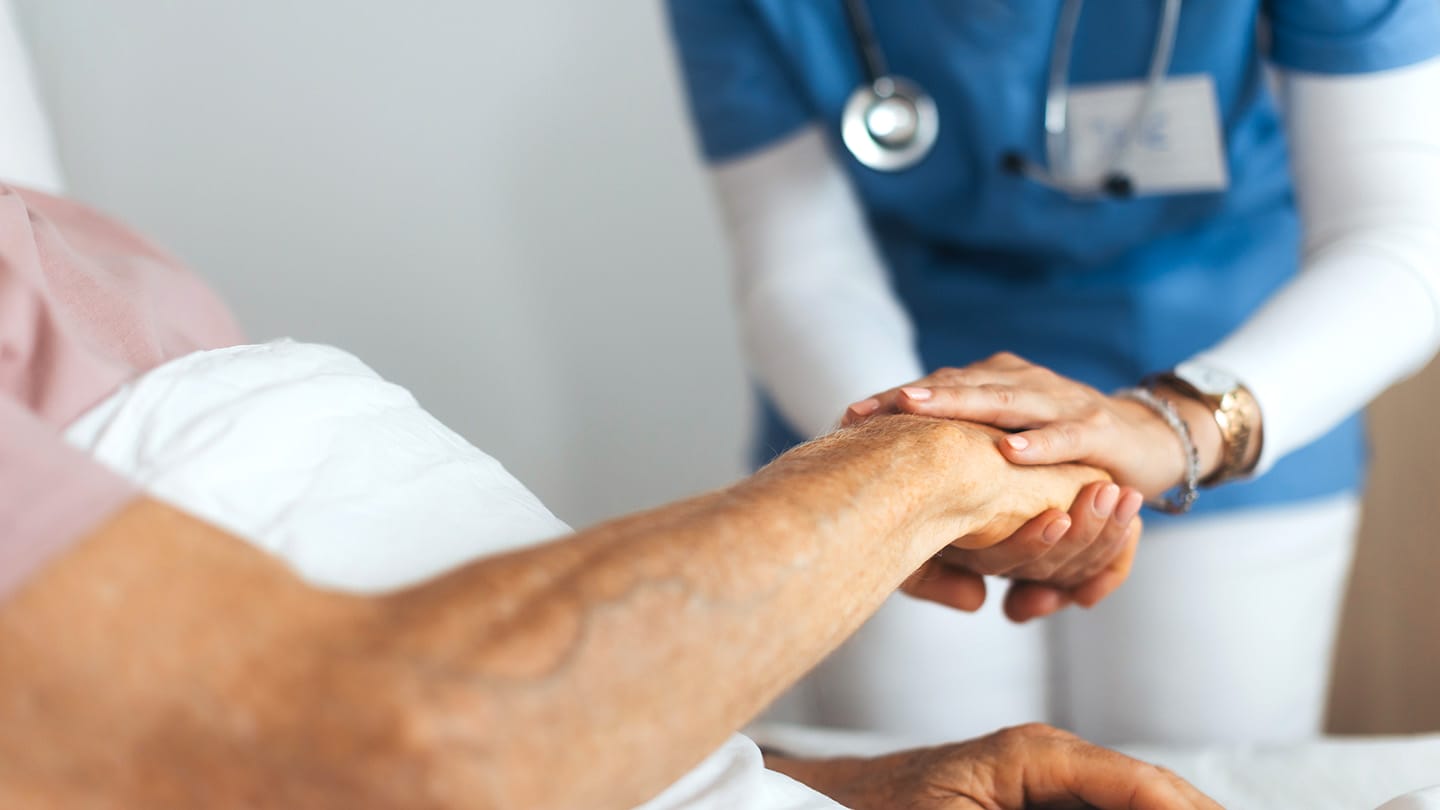The Rising Challenge of Aging Healthcare: How Technology is Revolutionizing Nursing Home Medical Directors
As the global population ages, the need for innovative solutions in long-term care has never been more pressing. Nursing homes, once the bastions of traditional care, are now grappling with the complexities of caring for seniors in a rapidly changing world. With an aging workforce and an increasing demand for personalized care, the stakes are higher than ever for nursing home medical directors.

But what does this mean for the individuals who make the critical decisions that shape patient care? In this article, we’ll explore the ways in which technology is transforming the role of nursing home medical directors, and the profound impact it has on the lives of seniors and their families.

Collaboration and Partnerships for Enhanced Medical Director Oversight

As the Centers for Medicare & Medicaid Services (CMS) continues to ratchet up its expectations for medical directors in nursing homes, the need for collaboration and partnerships between facilities, CMS, and industry associations has become increasingly clear.
Industry Associations and Technology Providers
Industry associations, such as the Post-Acute and Long-term Care Medical Association (PALTmed), can play a crucial role in assessing current medical director structures and promoting clarification of roles. By working together, industry associations and technology providers can help create digital platforms that facilitate reporting and time tracking, ensuring that medical directors are held accountable for their work.
Partnerships with CMS and Regulatory Bodies
Partnerships with CMS and regulatory bodies are essential for creating rule-making that balances quality improvement with increased scrutiny and citations. By working together, facilities, CMS, and industry associations can develop solutions that support quality improvement while ensuring compliance with regulations.
Training and Professional Development
Providing training and professional development opportunities for medical directors is critical for ensuring that they have the skills and knowledge necessary to excel in their roles. By investing in the development of medical directors, facilities can improve the quality of care and support the well-being of residents.
Practical Solutions for Implementing Technology and Partnerships
Digital Platforms for Medical Director Reporting
Developing digital platforms that allow medical directors to report their hours and activities can help address reporting and time tracking challenges. By providing a clear and easy-to-use platform, facilities can ensure that medical directors are accurately reporting their work and providing valuable insights for quality improvement.
Data Analytics and Insights
Using data analytics to analyze medical director hours, staff education, and quality metrics can provide valuable insights for facilities and CMS. By leveraging data analytics, facilities can identify areas for improvement and make data-driven decisions to support quality improvement.
Training and Coaching Programs
Implementing training and coaching programs can help medical directors develop the skills and knowledge necessary to excel in their roles. By investing in the development of medical directors, facilities can improve the quality of care and support the well-being of residents.
The Path Forward
Technology can play a critical role in enhancing medical director oversight and accountability, but it requires collaboration and partnerships between facilities, CMS, and industry associations. By working together, facilities can create solutions that support quality improvement while ensuring compliance with regulations.
Investment in Quality Improvement
Prioritizing quality improvement and investing in the development of medical directors is critical for ensuring that they meet expectations and contribute to the well-being of residents. By investing in quality improvement, facilities can improve the quality of care and support the well-being of residents.
Stakeholder Engagement
Engaging with stakeholders, including CMS and industry associations, is essential for facilitating the implementation of technology and partnerships that support quality improvement. By working together, facilities can create solutions that support quality improvement while ensuring compliance with regulations.
Expert Insights
Arif Nazir, MD, on Medical Director Oversight
“Unlike attending physicians or nurse practitioners, medical directors are entrusted with systemic responsibilities, including clinical governance, policy oversight, and quality improvement,” said Arif Nazir, MD, a geriatrician, medical director, and chief medical officer at Adobe Care Partners. “Without clearly delineating these duties, their contributions risk being undervalued or misrepresented, even within facilities striving for regulatory compliance.”
Nazir emphasized the importance of using digital platforms that rely on self-reporting of administrative tasks by medical directors in accordance with CMS and PALTmed recommendations. By leveraging digital platforms, facilities can create clear and accurate records of medical director work and provide valuable insights for quality improvement.
Real-World Examples
Last year, a study found that 36.1% of nursing homes did not report any medical director hours via the Payroll Based Journal system. However, data from CareAscend.com, a digital platform that helps medical directors report their administrative time, showed that 40% of users at 389 facilities recorded 11 to 15 hours of nursing home work per month.
Conclusion
Technology can play a critical role in enhancing medical director oversight and accountability, but it requires collaboration and partnerships between facilities, CMS, and industry associations. By working together, facilities can create solutions that support quality improvement while ensuring compliance with regulations.
Conclusion
Technology Revolutionizes Nursing Home Medical Directors: A Path to Enhanced Accountability and Improved Patient Care
In the realm of long-term care, nursing home medical directors (MHMDs) play a pivotal role in ensuring the well-being and quality of life of residents. Traditionally, these leaders relied on traditional methods to manage patient care, but the advent of technology has brought about a paradigm shift in their roles. A recent article by McKnight’s Long-Term Care News highlights the significance of technology in increasing engagement and accountability among MHMDs.
According to the article, technological advancements have enabled medical directors to effectively engage with residents, gather valuable data, and make informed decisions. The use of electronic health records (EHRs), for instance, allows MHMDs to track patient progress, identify areas of improvement, and implement evidence-based care strategies. Moreover, the integration of artificial intelligence (AI) and machine learning (ML) algorithms has enhanced the accuracy and speed of data analysis, enabling medical directors to make data-driven decisions with greater confidence. Furthermore, the use of telemedicine and virtual reality technologies has expanded access to care, allowing MHMDs to connect with residents remotely and provide more comprehensive support.
The implications of this technological revolution are far-reaching and significant. As healthcare professionals, we must recognize the critical role technology plays in improving patient outcomes and enhancing the overall quality of care. Furthermore, MHMDs must be empowered to utilize technology to their full potential, leveraging its potential to increase engagement, improve accountability, and drive innovation in long-term care. As the healthcare landscape continues to evolve, it is essential that we harness the power of technology to advance the well-being and lives of our most vulnerable populations.
The Future of Nursing Home Care: A Technology-Driven Path to Excellence As we move forward, it is clear that technology will continue to play a vital role in shaping the future of nursing home care. By embracing the latest innovations and harnessing their potential, we can create a more engaging, accountable, and patient-centered care environment. As we navigate this exciting new landscape, let us remember that technology is not just a tool, but a partner in the pursuit of excellence. By working together, we can unlock the full potential of technology and deliver high-quality care that truly transforms lives.



Add Comment